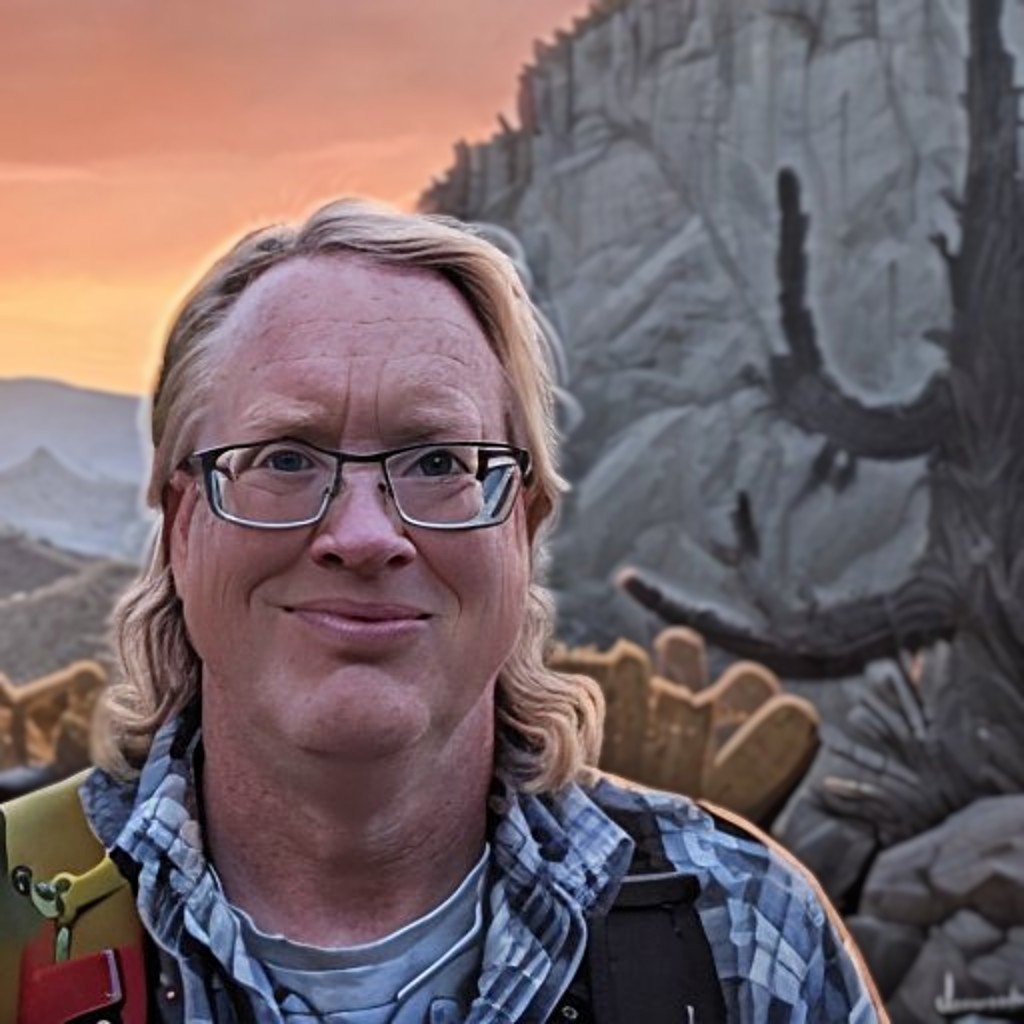Over the past couple of days, I was asked three times about camera settings. These inquiries came from on-line and in person interactions. Since many people seem to be interested in the technical aspect of my pictures, let me provide a brief description of how set the camera.
The first thing to understand is I am a wildlife photographer. Wildlife photography, at its core, means you must be ready for anything to appear at any moment, with perhaps only one chance at the photo. Remember this thought as I describe camera settings.
My photo shoots begin well before I arrive. If you use Apple products, I suggest an app called LightTrac. This app provides you with sunrise/sunset and moonrise/moonset data. In addition to the daily times, it provides elevation and angles. This information is key. I always walk into a field with a sun over a shoulder. Make the mistake of walking in from the wrong side and your shots will be back light, run away and never reappear.
The next consideration I make is what am I likely to see. I am looking at birds in flight, my shutter speed needs to be fast. I find shutter speed to be the most critical camera setting. I want the shutter speed as slow as possible, while not being so slow the image of my photo blurs.
A great rule of thumb for shutter speed when you aren’t shooting real high shutter speeds is never have a shutter speed lower than the mm of your focal point. What does this mean? If you have shooting something like a Heron that isn’t moving, you might be inclined to reduce your shutter speed because of low light. But, if you have a long telephoto (perhaps 300mm) your shutter speed needs to be higher than 1/300. If you let your shutter speed get to a number smaller than your focal length, I can almost guarantee your photo will be blurred.
OK, so now you have a shutter speed selection. It is time to decide if you need to adjust your aperture. Aperture addresses the amount of light coming into the camera. The lower the number, the greater amount of light that is coming into your camera. Adjusting this number will have two impacts on your photos.
The obvious impact is lighting. If you start with a low aperture, you are letting in a lot of light. That means you will most likely need a higher shutter speed to compensate. If you adjust your aperture to a high number, you let in a little light. That means you will need to slow down your shutter speed.
Aperture also controls another key element in your photos. Your aperture setting will impact your depth of field. Generally, this is what I am more concerned with when taking wildlife photos. If you have an aperture that is set to a low number, you will have an image that has a very shallow depth of field. What does this mean? A low aperture number means the image you are focusing on will be in focus, but everything else will be out of focus.
However, if you set your aperture to a high number, your depth of field will will bring virtually everything into focus. Sounds like an easier way to take photos right? If everything is in focus, then you will get better shots. Not true, when everything is in focus the person viewing the photo will get confused. Have some limit to the depth of field is important.
So, you selected your shutter speed, then adjusted your aperture to obtain the right depth of field. You take your first picture and its not good. Either too much light or not enough. What could be wrong? ISO is the third element of setting your camera.
ISO means light sensitivity. The lower your ISO, like 100, the less sensitive your camera is to light. The higher the number, the more sensitive it is to light. So, if you took your first photo and it was dark, but everything else was correct, turn your ISO to a higher number. If your photo was too bright, turn down your ISO.
One thing to be aware of, the lower your ISO number, the more detail you will have in your photo. A general rule of thumb is to keep your ISO as low as possible. If you ISO goes too high, you will loose detail in your picture.
With that understanding of shutter speed, aperture and ISO, how do you know where to start? Its time for a confession from me. I start with shutter speed. Remember what I said at the start, I primarily shoot wildlife. For me, that means the shutter speed is most important. Then I let the camera do what it wants. Most of the time, that produces good results.
Do I ever adjust aperture and ISO? Yes, when the camera isn’t adjusting to correctly on its own. An example, this weekend I was trying to shoot an image of Blue Heron fishing. The Blue Heron is a darker bird. He was sanding in shallow water below a tree. This eliminated light reflection off the water. On top of that, the sun was in my face. I was in the sun, the subject was in the shade, was a dark subject and wasn’t moving. This was the perfect time to make several adjustments.
I lowered the shutter speed 6 stops, kept aperture the same, and decreased the ISO 2 stops. The result, I captured a perfect image of him showing me his rear as he caught the fish. Even when you get your settings right, the subject matter still needs to cooperate. Always tomorrow to get the image.
